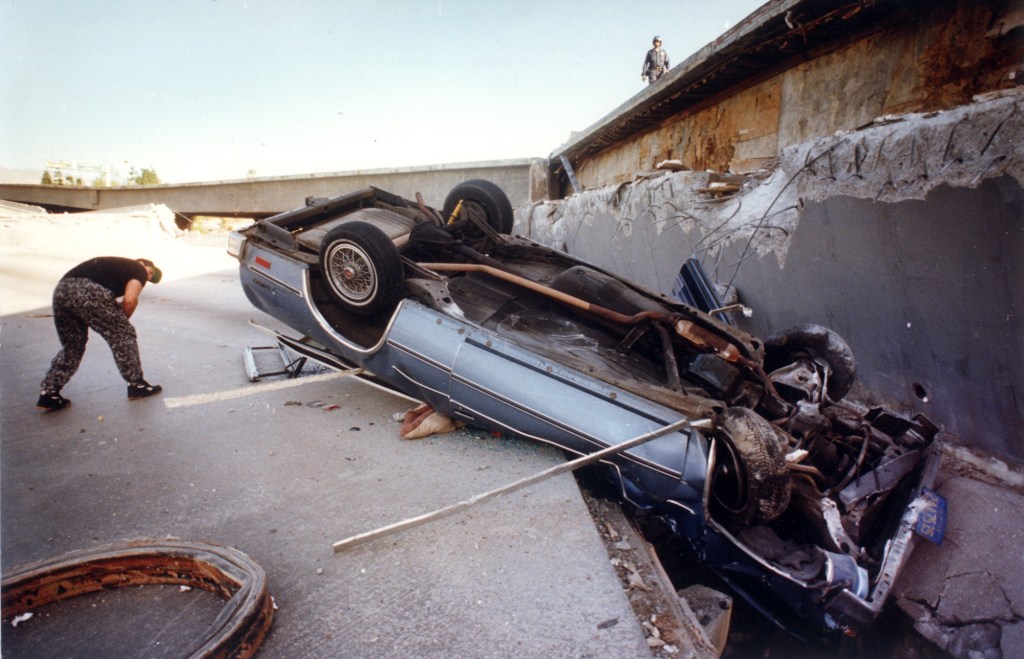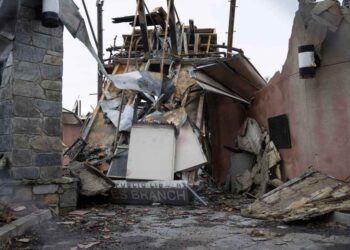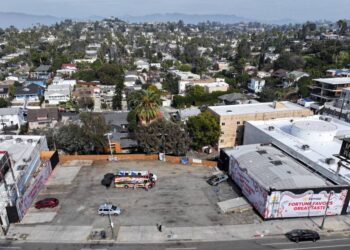At 4:31 a.m. on Jan. 17, 1994, a fault ruptured 9 miles beneath the Los Angeles neighborhood of Northridge in the San Fernando Valley. In less than 20 seconds, the 6.7-magnitude earthquake killed dozens of people and damaged more than 40,000 structures, resulting in $20 billion in damage and more than $40 billion in economic loss.
Years later, a study of the powerful Northridge earthquake found that the original death toll of 57 was too low, with people dying of heart attacks caused by the quake pushing that number to 72.
Human fortitude — and maybe a few miracles — helped reopen the badly damaged California State University Northridge about a month after the disaster, and 21 babies in incubators at the damaged Northridge Hospital Medical Center were safely moved to other hospitals.
Today the Los Angeles Fire Department trains volunteers to be first-responders during disasters as members of Community Emergency Response Teams.
And 30 years later, the greatest worry of world-renowned seismologist Lucy Jones is that Southern Californians have gotten too relaxed, because another Big One can happen at any time.
Read the full article here







